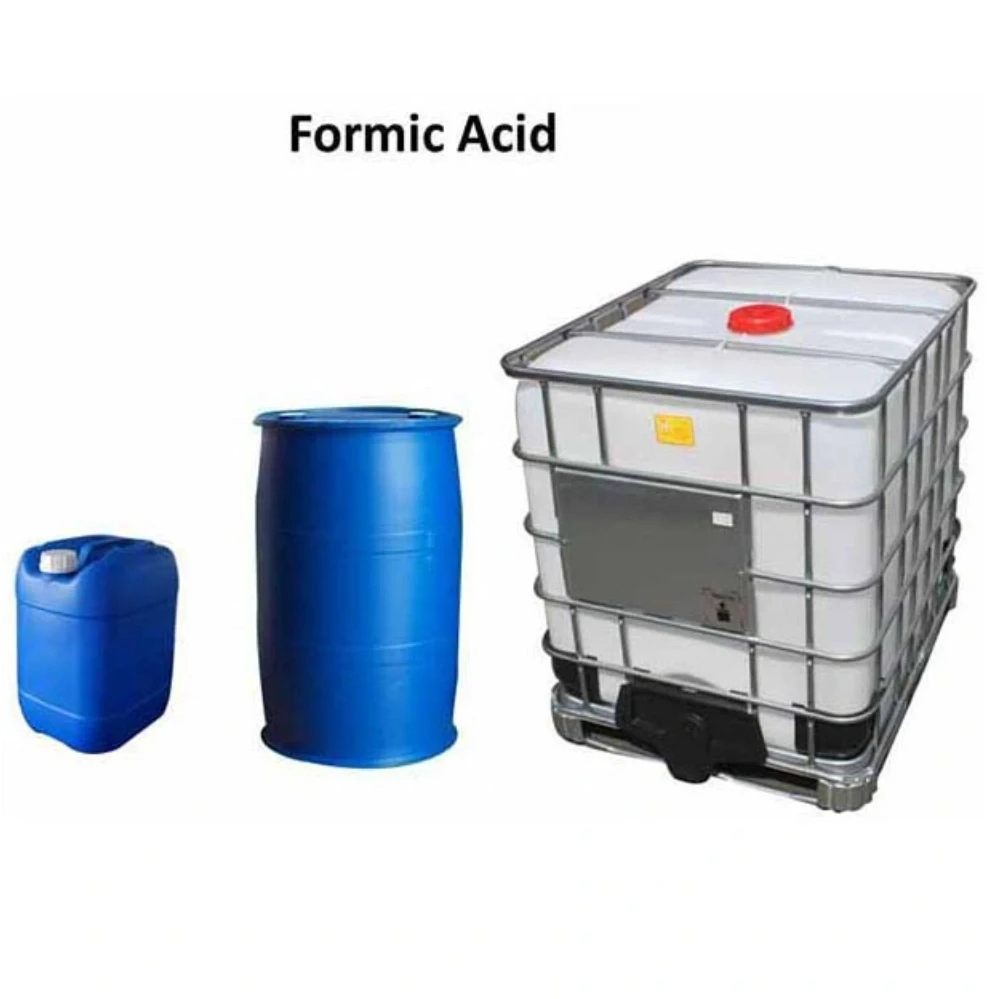



Understanding the Molar Mass of Sodium Chlorate and Its Implications in Chemistry
The Molar Mass of Sodium Chlorate
Sodium chlorate, a chemical compound with the formula NaClO₃, is an essential agent in various industries and scientific applications. Understanding its molar mass is crucial for chemists, environmental scientists, and industries that utilize this compound. The molar mass of sodium chlorate is the sum of the atomic masses of its constituent elements, which include sodium (Na), chlorine (Cl), and oxygen (O).
To calculate the molar mass of sodium chlorate, we start by determining the atomic masses of each element. The atomic mass of sodium is approximately 22.99 g/mol, that of chlorine is about 35.45 g/mol, and for oxygen, it's roughly 16.00 g/mol. Given that there are three oxygen atoms in the sodium chlorate molecule, we can break down the calculation as follows
1. Sodium (Na) 1 atom × 22.99 g/mol = 22.99 g/mol 2. Chlorine (Cl) 1 atom × 35.45 g/mol = 35.45 g/mol 3. Oxygen (O) 3 atoms × 16.00 g/mol = 48.00 g/mol
Adding these values together gives the total molar mass of sodium chlorate
\[ \text{Molar Mass of NaClO₃} = 22.99 \, \text{g/mol (Na)} + 35.45 \, \text{g/mol (Cl)} + 48.00 \, \text{g/mol (O)} = 106.44 \, \text{g/mol} \]
Thus, the molar mass of sodium chlorate is approximately 106.44 g/mol.
Importance of Molar Mass in Practical Applications
molar mass of sodium chlorate

The molar mass of sodium chlorate plays a fundamental role in various applications. In agriculture, sodium chlorate is used as a herbicide due to its ability to eliminate unwanted vegetation by disrupting photosynthesis. In the chemical industry, it is used as an oxidizing agent and has applications in the manufacture of chlorine dioxide, a compound used for bleaching and disinfection.
Moreover, in environmental science, sodium chlorate is relevant in discussions about water treatment processes. Understanding its molar mass allows for accurate quantification when determining the dosage required for effective treatment, ensuring safety and compliance with environmental regulations.
Safety and Handling
While sodium chlorate is useful, it is essential to handle it with care due to its oxidizing properties, which can pose hazards. It can ignite combustible materials and should be stored away from reducers or organic substances. Safety Data Sheets (SDS) provide guidelines on proper handling, storage, and emergency measures, which are vital for anyone working with this compound.
Conclusion
Calculating the molar mass of sodium chlorate (NaClO₃) is more than just a mathematical exercise; it is a key factor in various scientific and industrial applications. With a molar mass of approximately 106.44 g/mol, sodium chlorate is instrumental in agriculture, chemical manufacturing, and water treatment processes. A thorough understanding of its properties, including safe handling practices, is essential for anyone involved in its use. Whether you are a scientist conducting experiments, a farmer applying herbicides, or an industrial worker, knowledge of sodium chlorate and its molar mass will help you navigate its applications and risks effectively.
In a world where chemical compounds play a pivotal role in agriculture, industry, and environmental science, understanding their composition and properties is crucial. Sodium chlorate, with its significant applications, remains an essential compound, and grasping its molar mass allows for precision in its utilization, contributing to safer and more effective practices across various fields.
-
Sodium Chlorite Hot UsesNewsJul.01,2025
-
Sodium Chlorate ApplicationsNewsJul.01,2025
-
Smart Use Of Sodium ChloriteNewsJul.01,2025
-
Power Of Sodium BisulfateNewsJul.01,2025
-
Potassium Monopersulphate & Sodium Chlorite: Key to Effective Cleaning SolutionsNewsJul.01,2025
-
Pool Water Treatment GuideNewsJul.01,2025
-
Why Strontium Carbonate Still MattersNewsJun.06,2025










